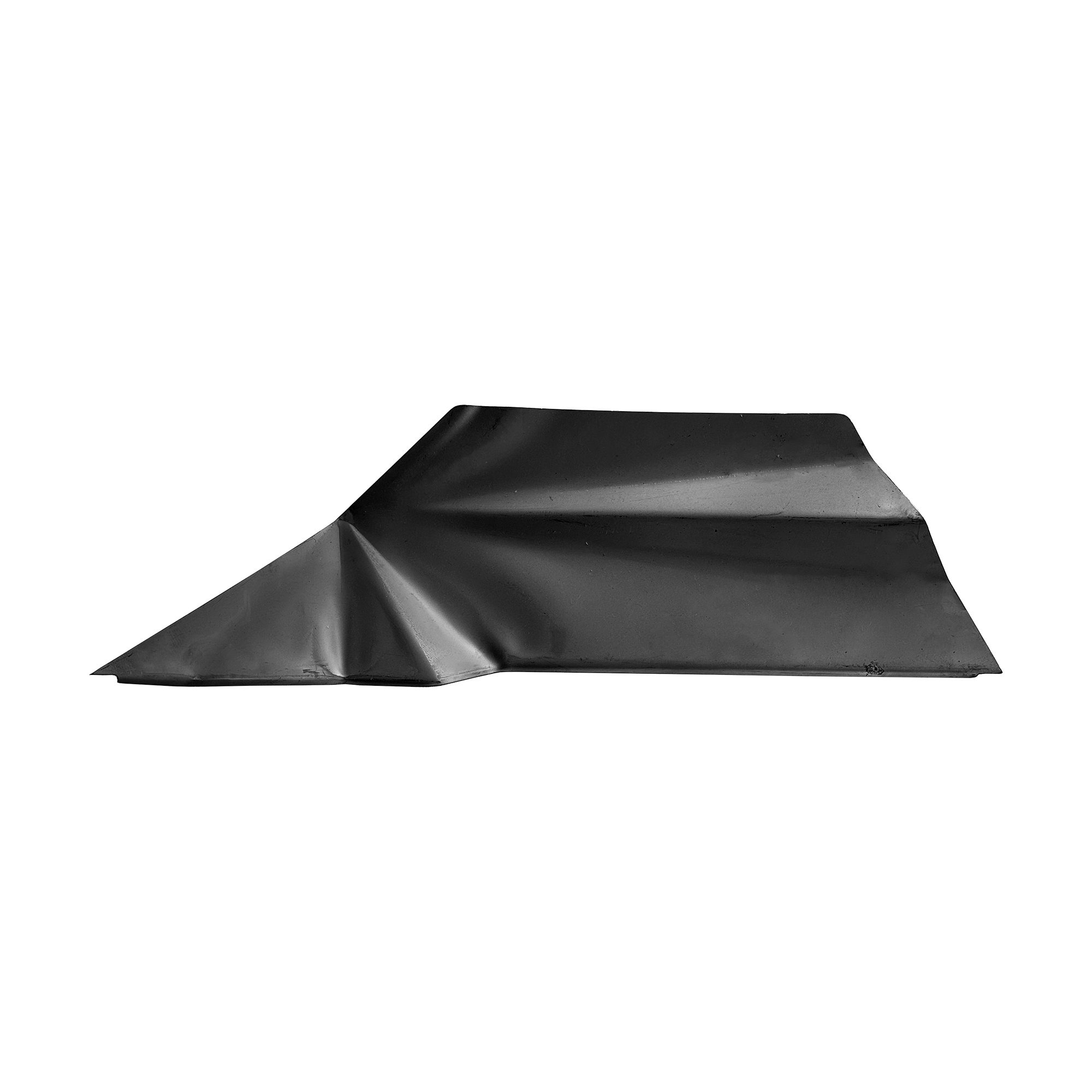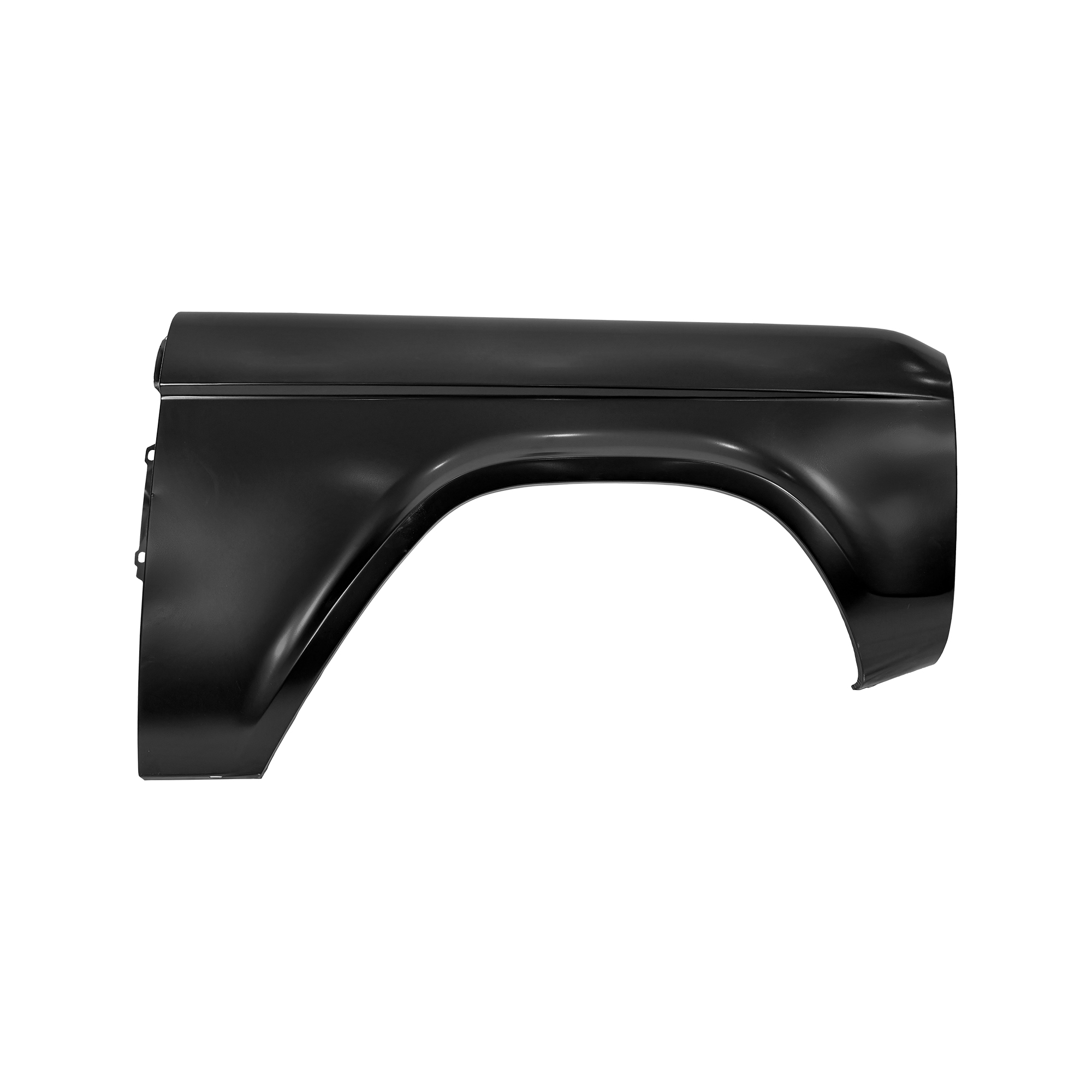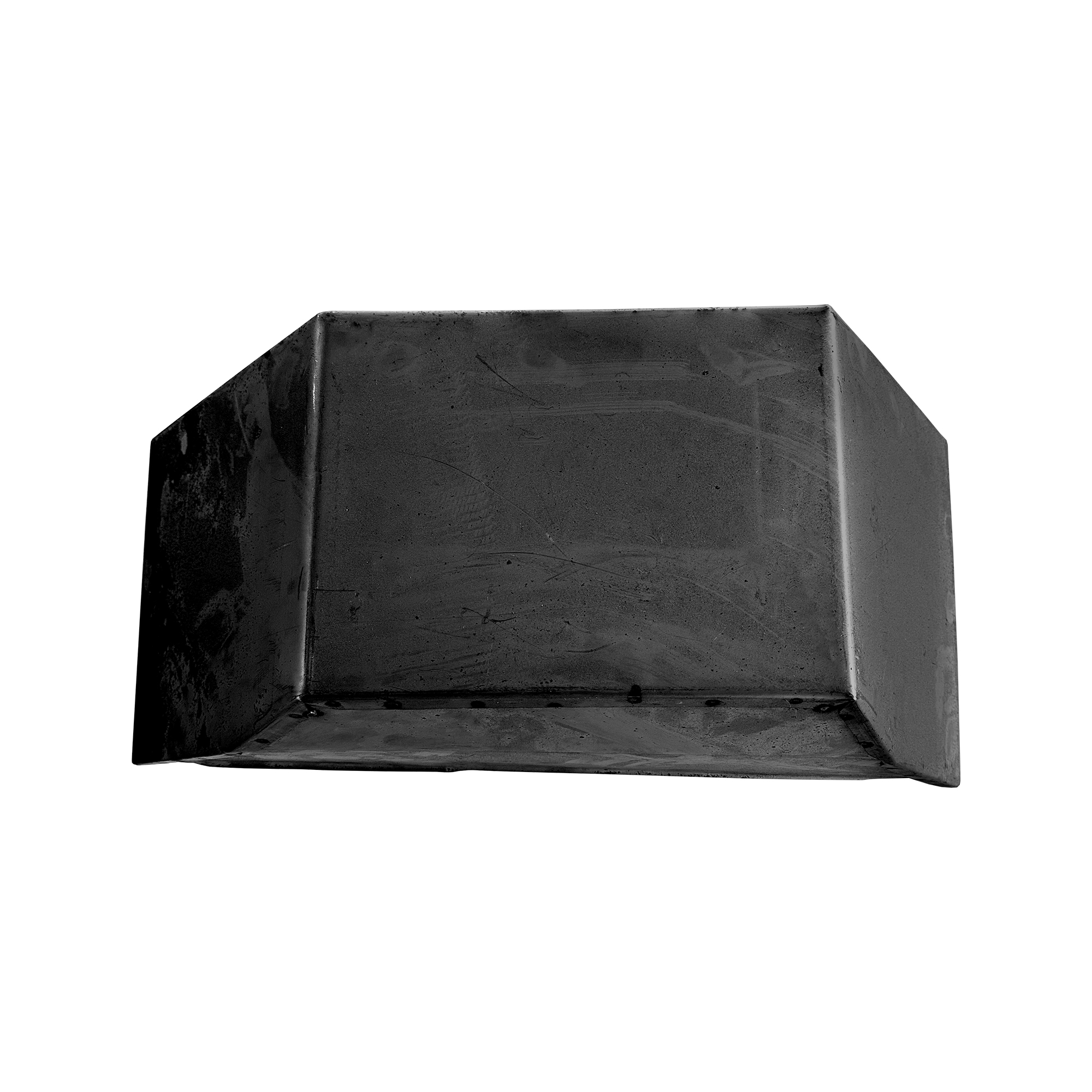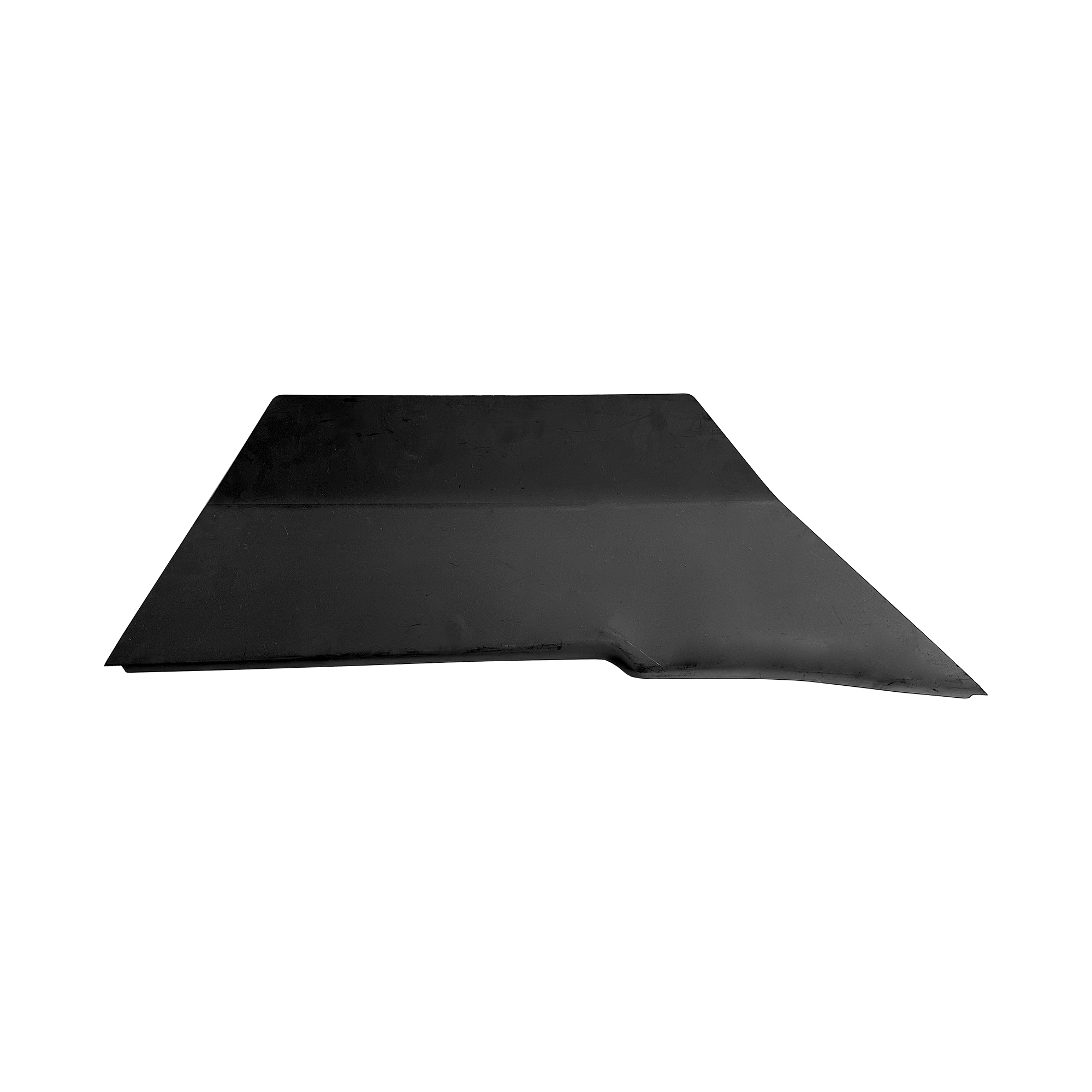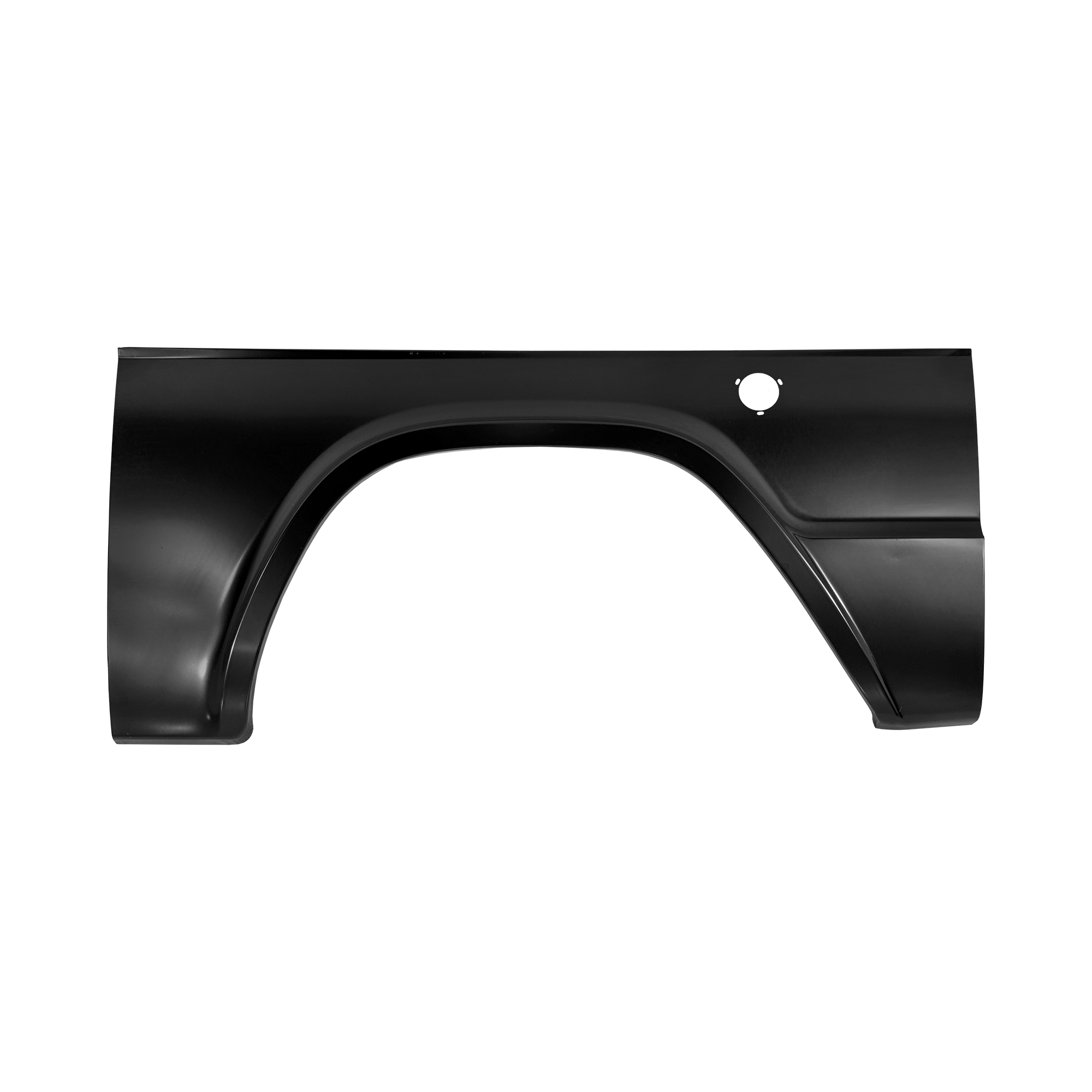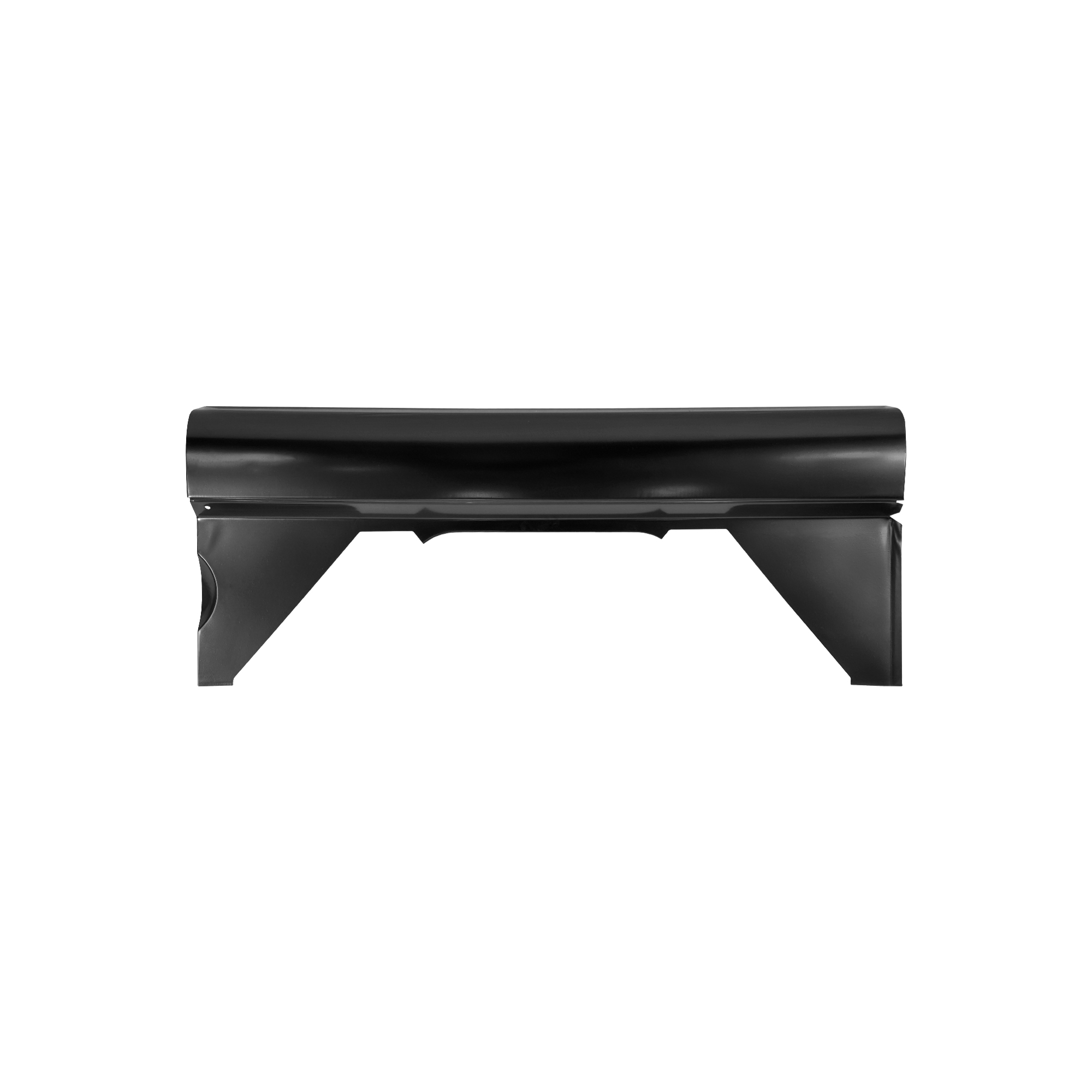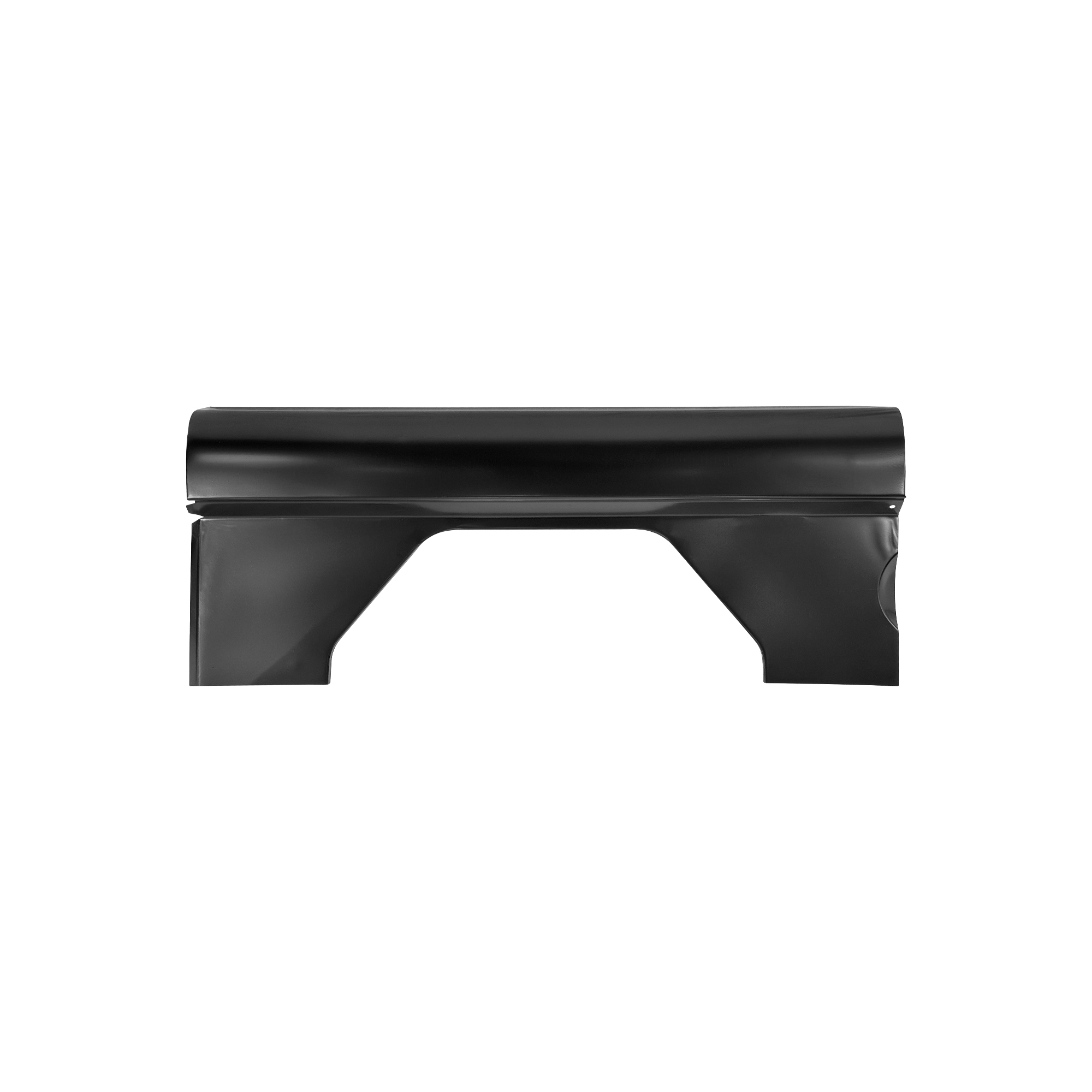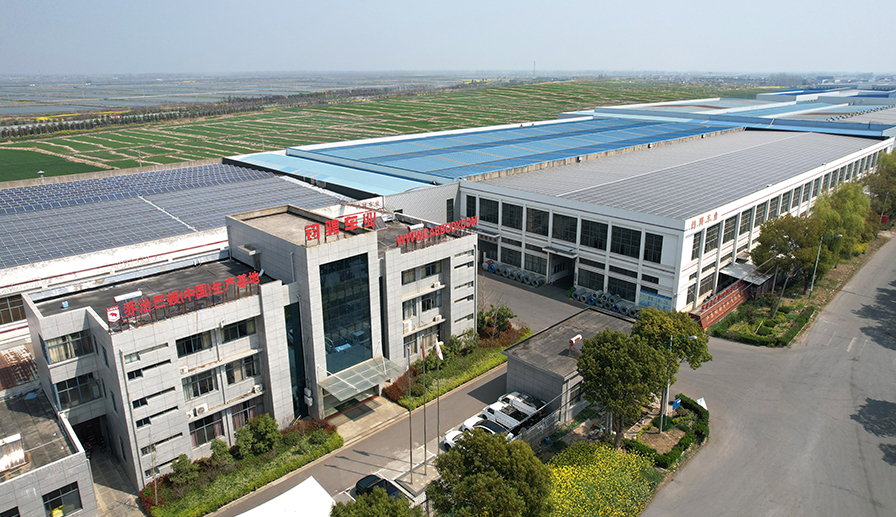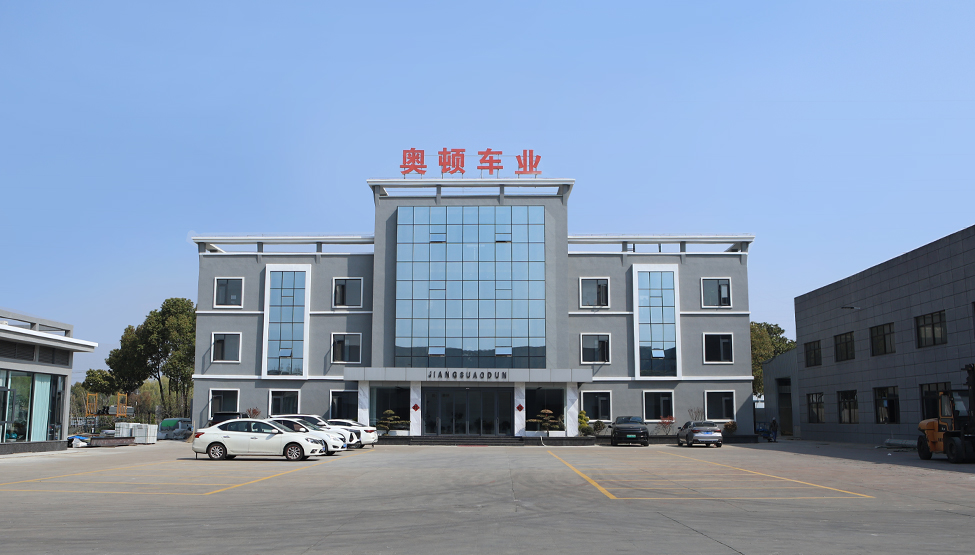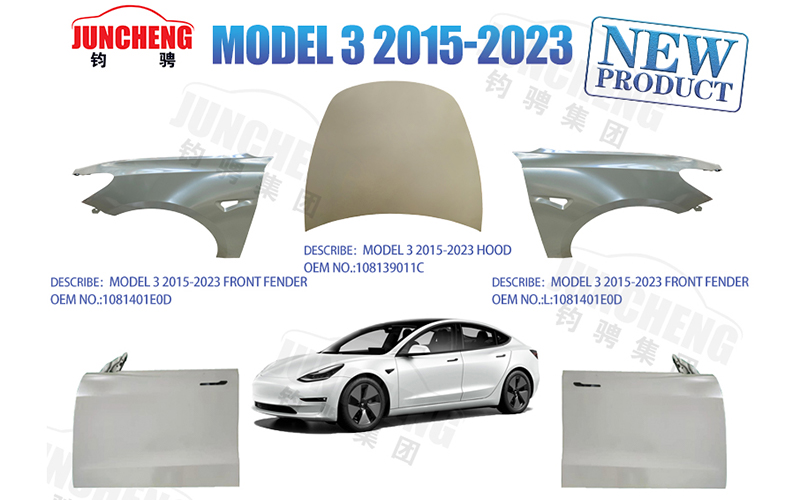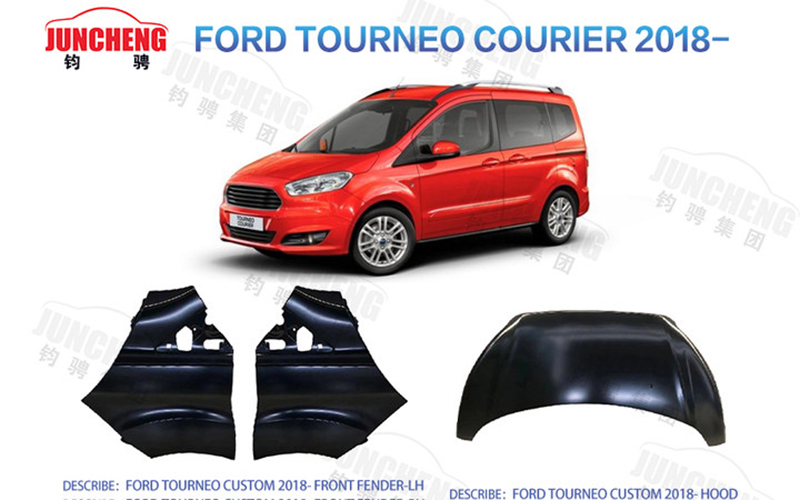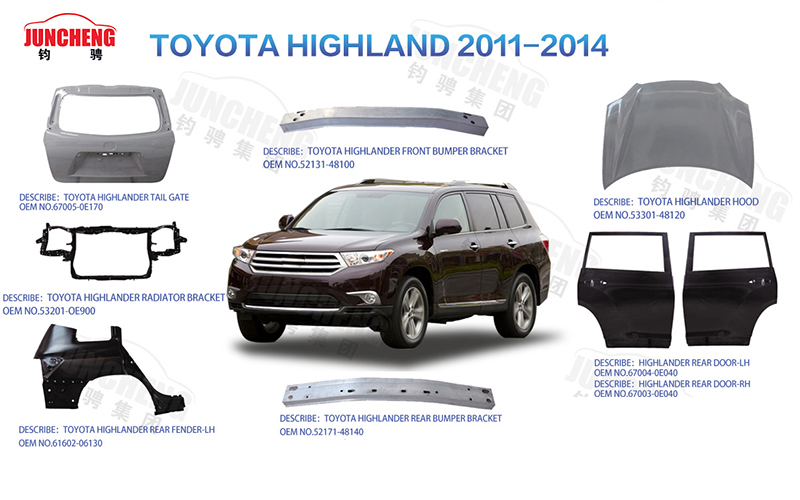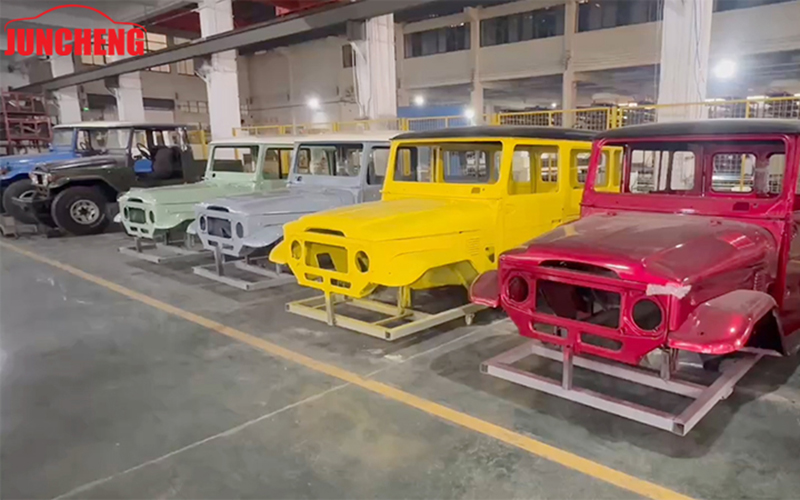What Are the Characteristics of the Manufacturing Process for American Auto Parts?
Overview of American Auto Parts Manufacturing
The manufacturing process for American auto parts has formed distinct characteristics influenced by industrial development, technological progress, and the demands of the U.S. automotive market. These characteristics include strict quality standards, advanced machining technology, strong modular design concepts, and an emphasis on supply chain stability. As a company specializing in the research, development, and production of automotive sheet metal parts, Juncheng Vehicle Industry Group closely follows global manufacturing developments and references processes commonly used in the American market. This helps the company enhance its engineering capabilities, particularly in the field of sheet metal components and the complete vehicle segment for classic cars. Understanding the characteristics of American manufacturing processes also supports companies like Juncheng Vehicle Industry Group in collaborating with international OEMs and meeting the technical expectations of global customers.
Emphasis on Standardization and Compliance
A notable feature of American auto parts manufacturing is the adherence to strict standards and regulations. These standards cover production processes, material selection, dimensional tolerances, and performance testing. Manufacturers must comply with government regulations, industry norms, and automotive safety requirements. Standardization enables parts to be exchanged or repaired more easily, contributing to long-term maintenance convenience. Companies producing sheet metal parts, such as Juncheng Vehicle Industry Group, often refer to these regulatory frameworks to improve their internal standards. When supplying parts internationally, a strong understanding of compliance requirements ensures that products meet global market expectations.
Advanced CNC and Stamping Technologies
Advanced machining is an important feature of American auto parts manufacturing. CNC machining, laser cutting, high-strength stamping, and multi-stage forming are widely applied to ensure consistency and structural accuracy. Automotive sheet metal parts, including body components, brackets, and reinforcement structures, require high-precision forming to maintain assembly stability. Juncheng Vehicle Industry Group applies similar technological concepts in its sheet metal production processes, ensuring that dimensional accuracy and structural performance align with customer needs. The use of high-strength steel forming techniques is particularly relevant, as American vehicles often adopt strong structural designs to meet safety and durability expectations.
Modular and Flexible Manufacturing
Modular design is widely used by American automotive manufacturers to simplify assembly, facilitate maintenance, and improve production efficiency. This approach affects how parts are designed and manufactured, allowing components to be produced in standardized units or modules. Modular thinking also supports flexible production systems where manufacturing lines can adapt to different vehicle models. Juncheng Vehicle Industry Group benefits from observing these modular approaches, especially when producing diverse sheet metal parts for both modern and classic vehicles. By referencing modular manufacturing principles, the company can optimize its production workflow and ensure better compatibility between parts and vehicle systems.
High Requirements for Material Performance
Material selection is an important part of the American manufacturing process. Many U.S. automotive parts use high-strength steels, aluminum alloys, and composite materials to meet structural and environmental requirements. The focus on material quality ensures that parts maintain durability and resistance to thermal and mechanical stress. Companies such as Juncheng Vehicle Industry Group pay attention to similar material selection requirements when designing and producing sheet metal components. Ensuring that materials meet performance expectations allows parts to maintain integrity under long-term vehicle use, aligning with global industry practices.
Integration of Digital Manufacturing and Automation
American auto parts manufacturing increasingly incorporates digital tools and automated systems. Technologies such as digital simulation, robotics, automated inspection, and data-driven process control are widely applied. Digital manufacturing supports consistent quality, reduces human error, and enhances traceability across production stages. The integration of automation equipment, such as robotic welding and forming systems, allows manufacturers to achieve steady and efficient production. For companies like Juncheng Vehicle Industry Group, alignment with these digital trends helps refine their production management and supports the development of internationally competitive sheet metal products.
Rigorous Quality Control and Testing Requirements
Quality control is a key characteristic of American manufacturing processes. Manufacturers conduct comprehensive inspections on dimensional accuracy, material strength, corrosion resistance, and assembly performance. Testing systems include CMM measurement, fatigue evaluation, thermal cycling, and surface coating analysis. These procedures ensure that parts operate reliably after installation. Juncheng Vehicle Industry Group adopts similar quality control measures to prevent dimensional deviations and verify structural performance. In particular, the company’s classic car division requires precise adherence to design standards to maintain authenticity and reliability in restored vehicles. These practices reflect the importance of systematic quality inspection in modern automotive manufacturing.
Focus on Repairability and Aftermarket Demand
The U.S. automotive market places considerable importance on repairability and the availability of replacement parts. As a result, manufacturers design parts that are easy to replace and maintain. Sheet metal components, body structures, and mounting brackets must align precisely with original specifications to simplify repair operations. This characteristic influences part design and production in the aftermarket sector. Juncheng Vehicle Industry Group applies compatible design concepts to ensure that replacement sheet metal parts meet customer expectations for fit and function. For classic car restoration, this focus is especially important, as maintaining compatibility supports accurate restoration and long-term vehicle preservation.
What are the technological trends in intelligentization and lightweighting of American auto parts?
Increasing Use of Smart Sensors in American Auto Parts
One of the most visible trends in American automotive parts is the integration of smart sensors throughout the vehicle structure. These sensors are embedded not only in electronic modules but also in structural areas, including sheet metal components, chassis systems, and safety modules. Manufacturers utilize sensors to monitor temperature, stress, vibration, material fatigue, and dynamic load responses. Such technologies support predictive maintenance features, collision prevention systems, and adaptive driving functions. Component suppliers are expected to design structural parts with reserved sensor mounting positions, cable pathways, and protective structures. Juncheng Vehicle Industry Group incorporates these considerations into the development of sheet metal products, ensuring that components meet the spatial, strength, and heat-dissipation requirements necessary for American manufacturers adopting advanced sensor technologies.
Integration of Electronic Control Units With Mechanical Components
Another key direction in intelligentization is the tighter integration between mechanical parts and electronic control units (ECUs). American automotive systems increasingly adopt distributed computing architectures, where control modules interact with mechanical components in real time. Sheet metal parts, for example, must accommodate the mounting of controllers, wiring harnesses, and communication interfaces. This trend requires suppliers to improve dimensional accuracy, heat management design, and electromagnetic compatibility considerations during production. Juncheng Vehicle Industry Group follows these requirements by incorporating precision stamping and forming processes that ensure stable component interfaces and durability when paired with sensitive electronic assemblies. The shift toward integrated mechatronic designs reinforces the need for advanced manufacturing control and consistent quality assurance procedures.
Lightweight Materials Driving Efficiency and Performance
Lightweighting has become a core strategy for American automotive engineering, especially as the market expands toward electric vehicles and hybrid platforms. The goal is to reduce energy consumption while maintaining structural strength and crash safety. Material selection plays a central role in this transformation. Components that traditionally relied on thicker steel materials now incorporate high-strength steel, aluminum alloys, and composite materials. The following table illustrates common material categories used in American lightweighting developments and their general characteristics, offering a reference framework for suppliers such as Juncheng Vehicle Industry Group in aligning production capabilities with evolving requirements.
Representative Lightweight Materials in American Auto Parts
| Material Type | Typical Applications | Key Characteristics |
|---|---|---|
| High-Strength Steel | Body-in-white, structural reinforcements | Higher strength-to-weight ratio, suitable for stamping |
| Aluminum Alloys | Hood, doors, chassis components | Low density, good corrosion resistance |
| Magnesium Alloys | Instrument panel support, seat frames | Very low density, moderate structural capability |
| Fiber-Reinforced Composites | Exterior trims, underbody panels | Good stiffness, adaptable to complex shapes |
Advanced Joining Technologies Suitable for Lightweight Designs
Joining technology is another key area shaping lightweighting and intelligentization trends. As American automotive platforms increasingly utilize mixed materials—such as steel-aluminum combinations—traditional welding methods may not fully meet performance demands. New joining techniques such as laser welding, friction stir welding, self-piercing riveting, and structural adhesives are being widely adopted. These solutions support stable connections while minimizing heat-affected areas and preserving material strength. Component suppliers like Juncheng Vehicle Industry Group integrate these joining technologies into their production processes, ensuring compatibility with American vehicle assembly lines and enabling structural components to achieve desired performance under dynamic operating conditions.
Smart Quality Monitoring and Predictive Maintenance
Intelligent systems are not limited to the design and production stages; they also impact the operational phase of automotive components. American suppliers increasingly embed monitoring capabilities into components to track stress accumulation, corrosion tendencies, or deformation. This information supports predictive maintenance models, which help vehicle manufacturers plan service intervals and reduce downtime. While not all sheet metal components require embedded monitoring, the trend is influencing design considerations for mounting, routing, and structural integration. Juncheng Vehicle Industry Group designs its sheet metal components with these potential integration needs in mind, providing structural layouts that support the installation and protection of monitoring devices when required by American customers.
Impact of Electric Vehicles on Material and Intelligentization Strategies
The rapid development of electric vehicles in the American market has intensified the demand for lightweighting due to battery weight and range considerations. It also accelerates the trend of structural intelligentization through thermal management systems, battery enclosure monitoring, and integrated structural electronics. Components surrounding the battery pack, motor housing, and underbody panels must satisfy unique stability, heat resistance, and sealing requirements. Juncheng Vehicle Industry Group focuses on producing sheet metal parts that meet these performance expectations by applying advanced forming methods, corrosion-resistant materials, and design practices aligned with American EV standards.




